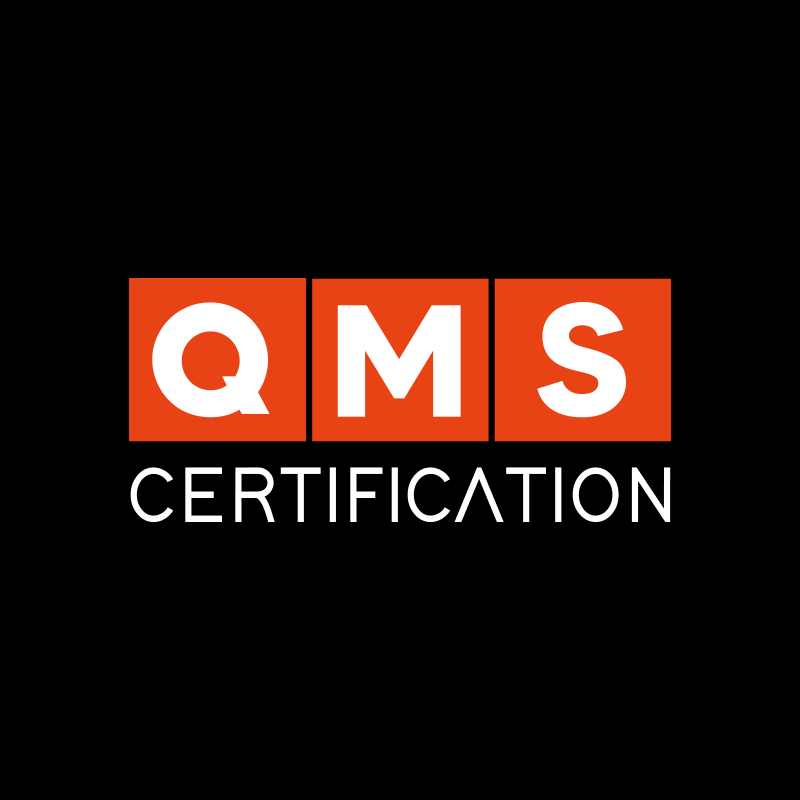In general, there are three main types of audits when it comes to management systems. Understanding each of them is important for any professional in the field since audits are a recurring part of their routine and activities.
Additionally, understanding the types of audits is crucial for better organization of the management system and necessary documentation. A management systems professional will be responsible for accompanying auditors and assisting them in finding compliance evidence throughout the company. If they do not clearly understand which type of audit is being conducted, this work becomes more difficult, and the company may not achieve the expected results from the audit.
For this reason, in today’s article, we will discuss these 3 types of audits and their specific characteristics. By the end of this content, you will understand what an audit is, the type being performed, and how these three formats help companies and stakeholders. Let’s get started!
What is an Audit and What is Its Purpose?
Before diving into the types of audits, let’s revisit some concepts. A management system audit is, above all, an essential tool to ensure compliance with the requirements an organization aims to meet—whether they are normative, statutory, or legal requirements relevant to its industry or activities.
Audits not only promote continuous improvement but also identify opportunities for enhancement, which greatly helps optimize processes and increase their effectiveness. They are fundamental for any type of organization and mandatory in certain contexts—as we will discuss further ahead.
As mentioned, there are 3 types of audits, and each plays a specific role, contributing to business reliability and process improvement. Therefore, conducting regular audits—whether 1st, 2nd, or 3rd-party audits—is essential to ensure the efficiency and compliance of management systems, strengthening the organization’s image and credibility in its market. Let’s now learn about each type of audit!
Understanding 1st-Party Audits – Internal Audits
The 1st-party audit is the most common type of audit, even conducted by companies that do not hold ISO certification. It is popularly known as an “internal audit” and can be carried out by the organization itself. It is also common for companies to hire external auditors to perform it, with the decision being entirely up to the company.
The goal of this type of audit is to evaluate the performance of the management system against applicable standards and internal requirements. In the context of certification, it must be conducted periodically, generating records and evidence, with the objective of anticipating potential non-conformities before the company undergoes a certification audit—a 3rd-party audit, which we will discuss later.
For example, consider a company with a quality management system based on or certified to ISO 9001. This organization can conduct periodic internal audits to ensure that quality processes are being followed and that the system complies with the requirements of the standard. If the company is already certified, conducting internal audits is mandatory to maintain the certification.
Understanding 2nd-Party Audits
The 2nd-party audit is less common but still widely used in the market. It is conducted by customers or business partners to assess the compliance of suppliers or service providers. This type of audit evaluates the supplier’s processes against standards set in contracts or applicable regulations.
These audits focus on the client-supplier relationship, fostering greater trust and compliance in business relationships. They can assess a wide range of factors, such as quality (ISO 9001), safety (ISO 45001), and even sustainability (ISO 14001).
Some clients—particularly large market players—may require this type of audit as part of contracts, defining periodicities and other factors. 2nd-party audits help companies ensure that requirements are met and guarantee the quality of products and services, as well as compliance with the buyer’s or contractor’s legal or statutory requirements.
Understanding 3rd-Party Audits
The 3rd-party audit is the well-known external certification audit. It is conducted by an independent certification body (certifier) with the purpose of verifying the compliance of a management system with the audited standard, whether it is ISO 14001, ISO 37001, or any other.
This type of audit is mandatory for companies seeking their initial certification or recertification (certificate surveillance). It is performed by impartial and independent external auditors, with the final outcome being an internationally recognized certificate. This increases the organization’s credibility and respect among its customers and the market.
3 Types of Audits, One Greater Mission!
Even though each type of audit has its own specifics, objectives, and approaches, it is important to understand that they share a common goal: ensuring compliance and promoting continuous improvement!
Likewise, all the types of audits discussed here enable the identification of failures and non-conformities. If addressed properly, these occurrences strengthen the reliability of processes and management systems, helping the company evolve to become stronger and more sustainable. They also directly contribute to increasing customer and stakeholder satisfaction.
From a systemic and strategic perspective, this shared goal is what makes audits so valuable, regardless of the type. Together, they create a virtuous cycle of control and improvement that benefits the entire organization, from the operational level to the strategic level. Thus, audits are far more than a control mechanism—they are a way to deliver better results, strengthen relationships between customers and companies, and contribute to society as a whole!










